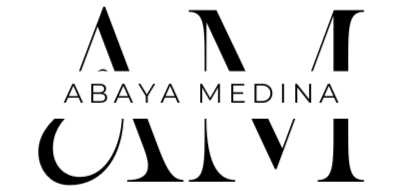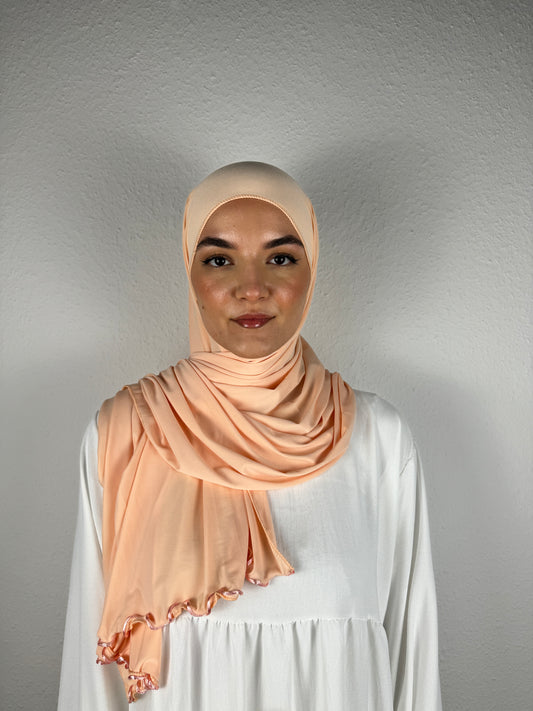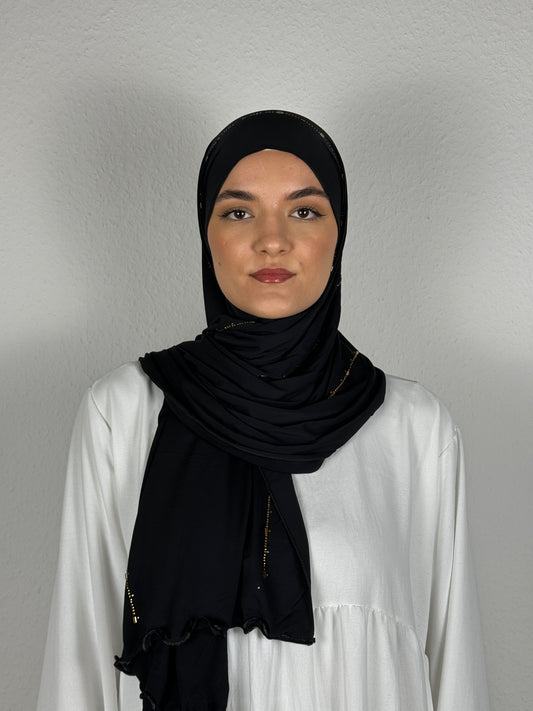In today's diverse societies, people wear clothing not only for practical reasons but also as an expression of their culture, beliefs and identity. Among the many garments worn around the world, the hijab is a fascinating symbol of Islam, modest fashion and individual choice. In this post, we will take a closer look at the hijab, explore its meaning and explore the different facets of this traditional headscarf as well as its modern interpretations, including the popular jersey hijab.
Hijab word origin
The word “hijab” comes from Arabic and literally means “covering” or “veiling”. In Islam, it refers to the obligation to cover the body and hair from view of persons of the opposite sex outside the immediate family. However, the hijab is much more than just a piece of clothing; it is an expression of faith, self-respect and cultural identity for millions of Muslims around the world.
The origins of the hijab in Islam
In Islam, the hijab is viewed as a means of modesty and protection. It is a practice based on the teachings of the Qur'an and the traditions of the Prophet Muhammad. The hijab is intended to protect women from unwanted attention and encourage them to maintain their beauty and integrity. For devout Muslim women, the hijab is an obligation that expresses their faith and devotion to Allah.
The history of hijab in Islam dates back to the beginnings of prophethood. There are several verses mentioned in the Qur'an that emphasize the covering and protection of women. These verses were revealed in the context of Arab society at the time, where women often had few rights and protecting their dignity and reputation was crucial. The hijab was seen as a means of emancipation for women, allowing them to be respected and protected in society.
The diversity of hijab
Various interpretations and styles of hijab have evolved throughout history, influenced by cultural traditions, regional differences and personal preferences. Today, Muslim women around the world wear the hijab in various shapes and designs ranging from traditional shawls to modern modest fashion styles.
The hijab in modest fashion
In the world of modest fashion, the hijab has played a significant role. More and more designers and brands are recognizing the diversity and importance of the hijab for Muslim women and are offering a wide range of hijab styles that include both traditional and modern elements. One of the most popular styles is the jersey hijab, which is made from a stretchy, comfortable fabric and easily adapts to different head shapes. The jersey hijab combines comfort, functionality and aesthetics and is popular with women of all ages and cultural backgrounds.
What makes the hijab particularly fascinating is its versatility. Although it is a religious obligation for Muslim women, the hijab is worn by women all over the world, regardless of their religious background. Many women voluntarily choose to wear the hijab as an expression of their personal beliefs and style. For them, the hijab is more than just a piece of clothing; it is a way to express their identity, individuality and religion.
In a world often defined by superficial standards of beauty and style, the hijab reminds us that true beauty comes from within. By focusing on inner values and personality, the hijab allows women to define themselves beyond their appearance and maintain their integrity. It is a symbol of self-respect and empowerment, supporting women to feel strong and confident in an often challenging world.
In summary it can be said:
Overall, the hijab is a fascinating garment that embodies a rich history, cultural significance and personal identity. Whether as a religious symbol, a modest fashion statement or an expression of individual choice, the hijab remains a timeless symbol of modesty, respect and religion. In a world that is constantly changing, the hijab reminds us that true beauty and strength lies in diversity and respect for the beliefs of others.





